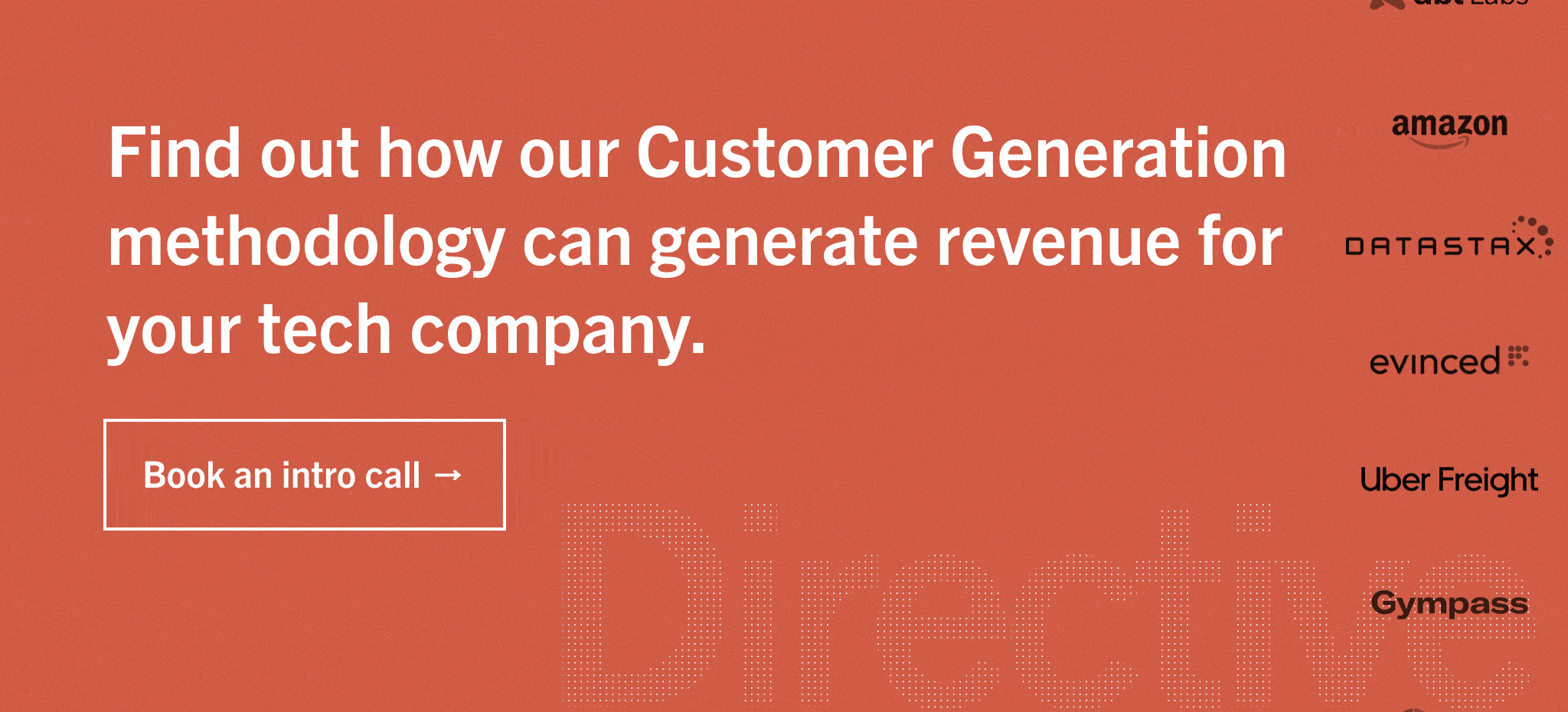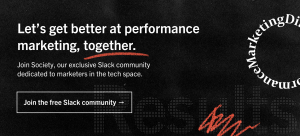What is SaaS?
Software-as-a-Service (SaaS) is a software distribution model where the application is owned and managed by a SaaS provider, hosted in the cloud, licensed to customers on a subscription basis, and accessed over the Internet.
In the early days of application proliferation, investing in new software meant purchasing a physical copy of the software (often on a CD-ROM) and installing the application on your own hardware (a computer or server). New software investments came with significant management and technical overhead, including hardware acquisition, provisioning and maintenance, as well as license management, technical support, installing patches, and managing upgrades.
Software-as-a-Service removes the need for users and organizations to install and run applications on their own devices. In doing so, SaaS providers have absorbed much of the cost and complexity associated with managing software solutions, making it cheaper and easier than ever before for users and organizations to adopt their products.
What is the SaaS Business Model?
The introduction and popularization of the SaaS business model changed the way organizations consume software.
It can be broken down into the below four points:
1. Centralized Ownership and Management
In the SaaS business model, application service providers (ASPs) maintain centralized ownership and management over their products. They sell subscriptions instead of licensing and provide everything from hardware acquisition to daily maintenance as part of their service offering to customers. This reduces costs and lowers barriers to entry for adopting new software technologies.
2. Hosting SaaS Applications in the Cloud
SaaS companies typically deploy their applications in the cloud, using the scalable infrastructure resources of providers like AWS, Microsoft Azure, and GCP. Hosting in the public cloud gives SaaS companies the best cost economics and performance when it comes to storing data and making their applications available for customers. Many cloud-based SaaS applications are built using a microservice architecture, making them even cheaper and easier to operate and maintain.
3. Recurring Subscription Revenue
Rather than selling or licensing their software, SaaS companies charge a monthly or annual subscription fee that grants their customers access to the platform at a specified service level. SaaS subscriptions range widely in price, from consumer apps that cost less than $5/month, to enterprise SaaS solutions that may cost $100,000/month or more.
4. Delivering SaaS Applications to Customers
SaaS subscribers access their applications over the Internet instead of on local machines. The cost-effective scalability of cloud infrastructure makes it easy for SaaS companies to consistently meet the changing demand for their applications, ensuring their ongoing availability for customers.
SaaS vs. IaaS vs. PaaS - What’s the Difference?
Do you know the difference between Infrastructure-as-a-Service (IaaS), Platform-as-a-Service (PaaS), and SaaS?
IaaS is the cloud computing business model where business resources and hardware (networks, servers, data storage, etc.) are distributed through the cloud. This is the model followed by major public cloud providers like AWS, GCP, Azure, and IBM Cloud.
In computing, a platform consists of the basic hardware and operating system needed to run a software application. A cloud-based PaaS solution makes it easier for developers to build, deploy, and host consumer-facing software applications. Several public cloud vendors have established their own PaaS offerings, such as Google App Engine, and AWS Elastic Beanstalk. Other examples include Heroku and OpenShift.
While IaaS solutions include only hardware infrastructure, and PaaS solutions offer hardware with an operating system, SaaS solutions deliver access to the application itself while the SaaS company manages the underlying hardware, operating system, and other dependencies needed to run it.
What is Horizontal SaaS vs. Vertical SaaS?
Another way to distinguish between SaaS offerings is by categorizing them as “Horizontal” or “Vertical” SaaS products.
Horizontal SaaS apps are targeted towards a wide range of users across industries. They deliver broad features and functionality that meet the needs of many consumers, regardless of which markets they operate in. Some well-known Horizontal SaaS solutions include Mailchimp, Dropbox, Marketo, and customer relationship management (CRM) software like HubSpot and Salesforce.
On the other hand, Vertical SaaS products are targeted towards a narrower range of users in a niche industry, such as healthcare, education, or finance. These products cater to a smaller audience, but they can still succeed by providing specialized and purpose-built solutions that address real pain points in their target market.
5 Vital Marketing Metrics for SaaS Companies
Data-driven SaaS companies use metrics and KPIs to evaluate their performance. Check out these 5 SaaS marketing metrics that are vital to the success of modern SaaS businesses.
Customer Lifetime Value
Customer lifetime value (CLV) is the total revenue that a SaaS business expects to generate from the average customer throughout their entire lifecycle. CLV may be calculated using the SaaS product’s monthly subscription price and the average duration of a customer’s subscription.
Customer Acquisition Cost
Customer acquisition cost (CAC) is a metric that tracks the total cost associated with a SaaS company gaining a new customer. For a SaaS company to be profitable, its CAC must be lower than its CLV.
Customer Churn Rate
Churn rate is a measure of how often customers terminate their subscription to a SaaS product. A low churn rate means that customers are satisfied with the product, while a high rate of churn might indicate that the product is failing to meet customer needs. A high churn rate predicts low CLV, which impacts the overall profitability of the SaaS business.
SQL Generation
A sales-qualified (SQL) lead is an inbound or outbound lead that has communicated with sales and indicated that they are likely to become a customer. Marketing and sales teams work together in SaaS companies to generate more SQLs and high-quality sales opportunities – the more, the better! Generating SQLs is a critical success factor when it comes to ensuring the profitability and long-term success of a SaaS business.
Revenue
The most important metric for any SaaS company is revenue. Software businesses are expensive to start and often rely on venture capital throughout their early years of operation. To achieve profitability and realize returns for investors, SaaS businesses need to scale revenue quickly and efficiently.
Our innovative Customer Generation marketing methodology leverages 1st-party data to help SaaS businesses identify and generate SQLs from their total addressable market (TAM), resulting in efficient customer and revenue growth. Book a call to learn more!


